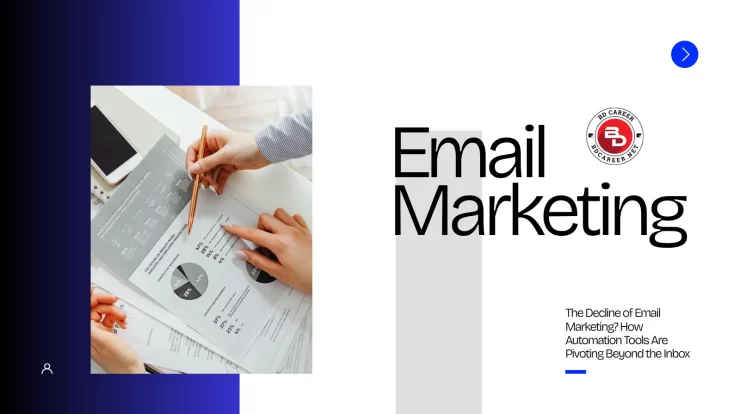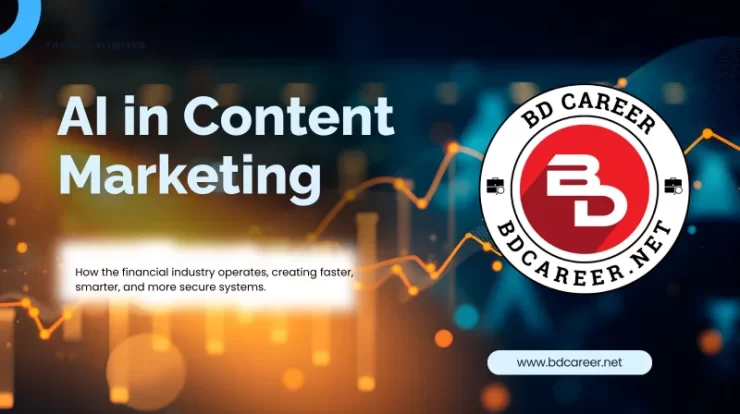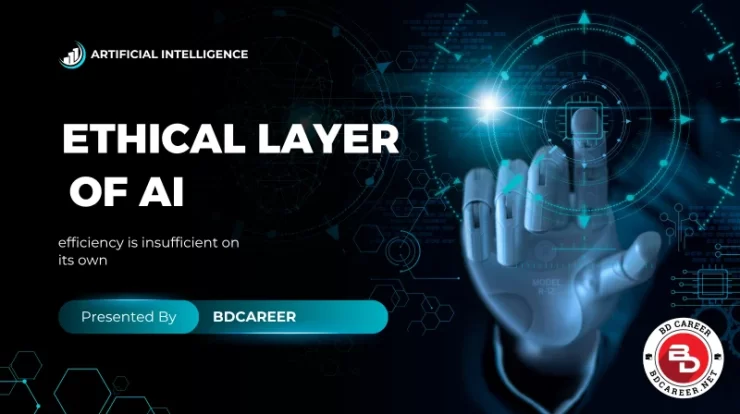
These days, the same keywords are used repeatedly in boardrooms and IT conferences: disruption, productivity, scalability, and efficiency. Indeed, their expectations have been fulfilled by artificial intelligence (AI). It’s lowering operating expenses, enabling real-time analytics, writing code, identifying illnesses, and even responding to client inquiries at 3 a.m. without having had any coffee. An uneasy question, however, lingers between the obsession with faster, smarter machines and the unrelenting push toward automation. If AI can do everything better, who or what is ensuring it’s doing it correctly?
The discussion of the “ethical layer” comes into play at this point. Because efficiency is insufficient on its own. Indeed, efficiency has the power to trample on justice, openness, and human dignity if it is allowed to run amok. Our current task is not only to create AI that functions, but to do it in a responsible manner.
Contents
The Development of Automation Driven by AI
Let’s look back in time to discover how we got here. Automated systems are not new. Robots replaced hazardous industry occupations in the late 20th century, assembly lines standardised output, and the Industrial Revolution mechanised repetitive labour. However, the current wave feels distinct since AI determines how tasks should be completed rather than merely performing them.
Imagine autonomous vehicles navigating congested urban traffic or artificial intelligence (AI) models that surpass human physicians in identifying early-stage malignancies from MRI images. When a storm closes a port, clever systems in supply chains can quickly reroute supplies. Customer support? You have likely had conversations with a bot without realising it was a bot.
This change has the obvious potential to reduce waste, cut expenses, and speed up decision-making. It’s like giving the economy’s keys to a data-crunching, endlessly patient assistant. However, when ethical safeguards are absent, the speed, autonomy, and scale of AI automation—the very attributes that make it so potent—also make it dangerous.
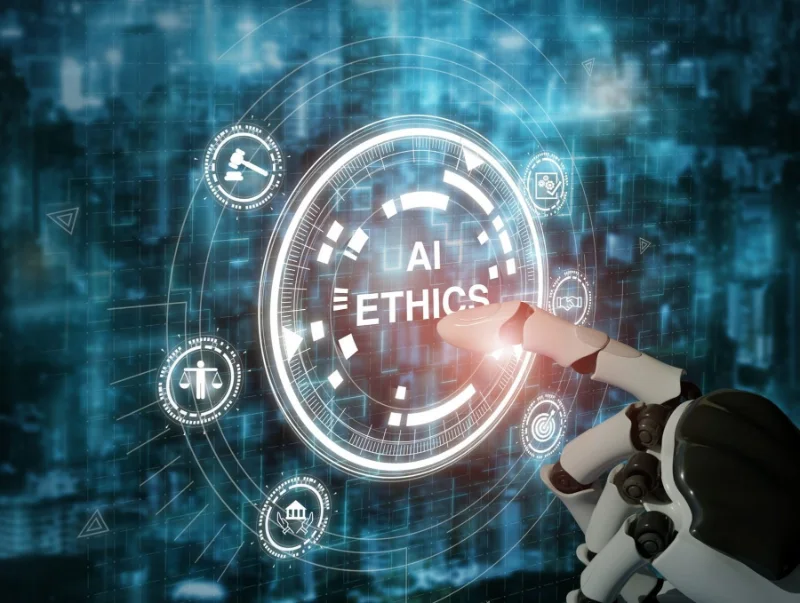
The “Ethical Layer” is defined.
What is this “ethical layer” that we are constantly discussing? Consider it the AI automation equivalent of the invisible seatbelt. The car is not slowed down by it. It just ensures that when something goes wrong, we are not flung through the windshield.
A few fundamental ideas form the basis of the ethical layer:
- Transparency: When algorithms have an impact on people’s lives, they shouldn’t be enigmatic or incomprehensible. Users have a right to know the reasoning behind a decision.
- Fairness: AI shouldn’t reinforce prejudices from the past. This entails checking for discrimination in datasets and results.
- Accountability: It must be obvious who is in charge when an AI system malfunctions, such as when a self-driving car strikes a pedestrian. The business? The engineers? The authorities? Someone must respond.
- Human Oversight: In crucial areas like public safety, healthcare, and the law, people must continue to make the final decisions, even while machines can assist.
This ethical layer is practical design as well as philosophy. Efficiency becomes risky without it. With it, trust and efficiency can coexist.
Examples of Ethical Difficulties
Talking about principles is one thing. Seeing where things have already gotten off course is another.
- Autonomous Vehicles: The world questioned who was responsible for the 2018 pedestrian death in Arizona caused by a self-driving Uber. Is the driver in backup? Who were the engineers who constructed the system, or perhaps Uber? The incident highlighted the challenges of maintaining responsibility when machines are making life-or-death decisions in real-time.
- AI Hiring Tools: After learning that automated hiring systems discriminated against minorities and women, several businesses abandoned them. Math was the issue, not malice. The algorithm learns to replicate the biased history reflected in the training data. Efficiency became biased.
- Healthcare Automation: AI diagnostics can identify abnormalities that are undetectable to the human eye, but what happens if patients don’t comprehend or believe the results of an algorithm? Diagnosis efficiency is only effective when patients feel that they are being treated like individuals rather than as data points.
These instances all illustrate the same conflict: when ethics fall behind, the stakes increase as the system becomes quicker and more effective.
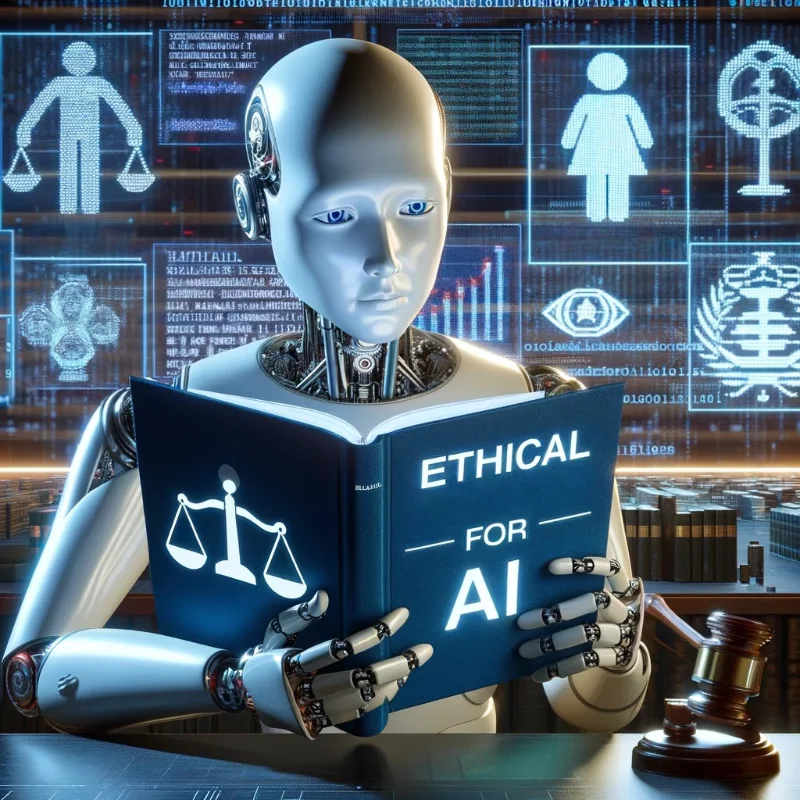
Solutions and Frameworks
Fortunately, efforts are underway to address this. Guardrails are being hurriedly created by governments, charitable organisations, and digital businesses.
- Regulation: AI systems are categorised by risk level under the EU AI Act, which is anticipated to be implemented entirely in the upcoming years. Stricter rules will be applied to high-risk applications, such as software used by law enforcement or medical professionals. Although discussions are slower in the United States, the White House has released a draft AI Bill of Rights.
- Corporate Governance: Although not without controversy, Google and Microsoft have established internal AI ethics boards. These organisations seek to assess new initiatives before their distribution, posing challenging queries like accountability and equity.
- Technical Solutions: Tools such as “explainable AI” (XAI) and fairness measures are being developed on the engineering side. Consider them as algorithm diagnostic kits—methods to examine the algorithm and identify potential bias.
- Audit Trails: Similar to financial audits, independent auditing of AI systems is gaining popularity. Claiming that an AI is fair is insufficient; businesses may soon need to provide evidence to substantiate this claim.
While none of these solutions are flawless, taken as a whole, they are creating a patchwork safety net that should eventually develop into a strong ethical layer.
Striking a Balance: Accountability and Efficiency
Adding all these ethical checks, according to some critics, will impede innovation. Guardrails do, in fact, always feel like friction. The problem is that without trust, creativity is short-lived.
Consider a financial services corporation that uses artificial intelligence (AI) to expedite loan approvals, only to have pervasive racial bias in those approvals exposed by the media. Yes, the business became more efficient in the short term, but it lost credibility and possibly even consumers in the long run. Ironically, the ethical component is what makes efficiency sustainable rather than a hindrance.
The companies that automate the most quickly are not the ones that will succeed in the long run. They are the ones who properly automate, creating systems that people can trust enough to use widely.
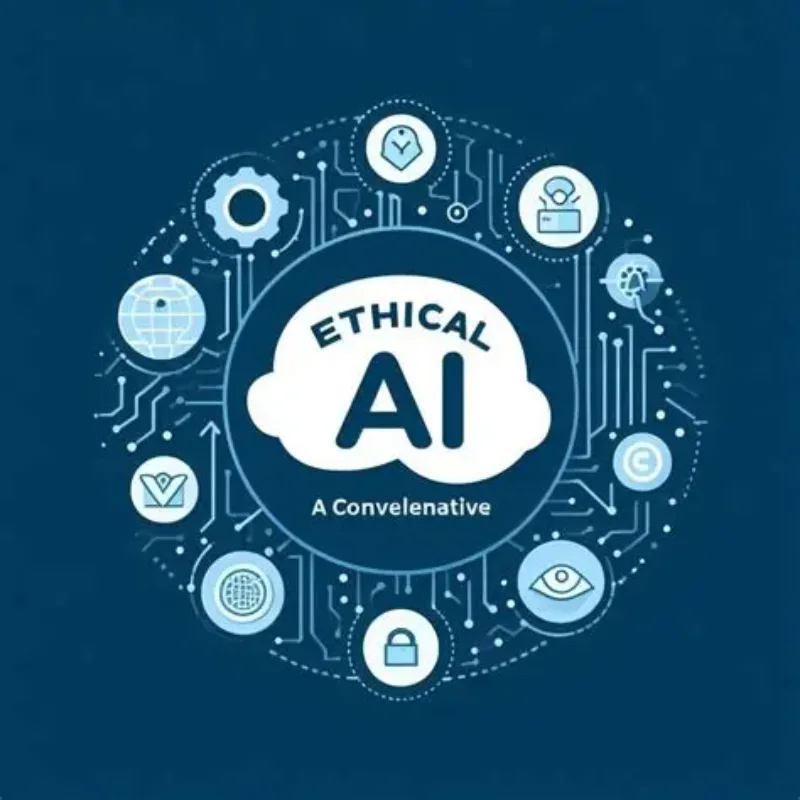
The Human Aspect
We cannot only discuss laws and codes. We must also consider their implementation. Culture is fundamental to the ethical layer. Ethics must be valued by organisations just as highly as quarterly revenues. This entails educating staff members about the dangers of AI, promoting reporting issues when systems malfunction, and incorporating “what if” ethical considerations into design sessions.
Furthermore, society as a whole requires greater AI literacy, not just businesses. How can the general public protest unfair AI if they don’t know how it operates? Education must bridge that divide, whether in public campaigns, schools, or workplaces.
Ultimately, the machines do not have the last word. People do. Or humans ought to, anyway. The primary goal of the ethical layer is to uphold this idea.
conclusion
Can we automate AI more quickly, more affordably, or more effectively? That is the true question. We can already. As these technologies transform our reality, the question is: what values are we incorporating into them? Efficiency without responsibility is a fragile form of advancement that shines in the moment but crumbles when examined closely. By balancing speed and justice, precision and openness, and power and responsibility, efficiency with an ethical veneer, on the other hand, is an advancement that endures.
That balance will determine not only the success of technology but also the type of society we wish to live in as we move farther into an AI-driven future. The ethical layer isn’t a luxury in the end. It serves as the cornerstone. In its absence, efficiency is merely a synonym for reckless speed.


